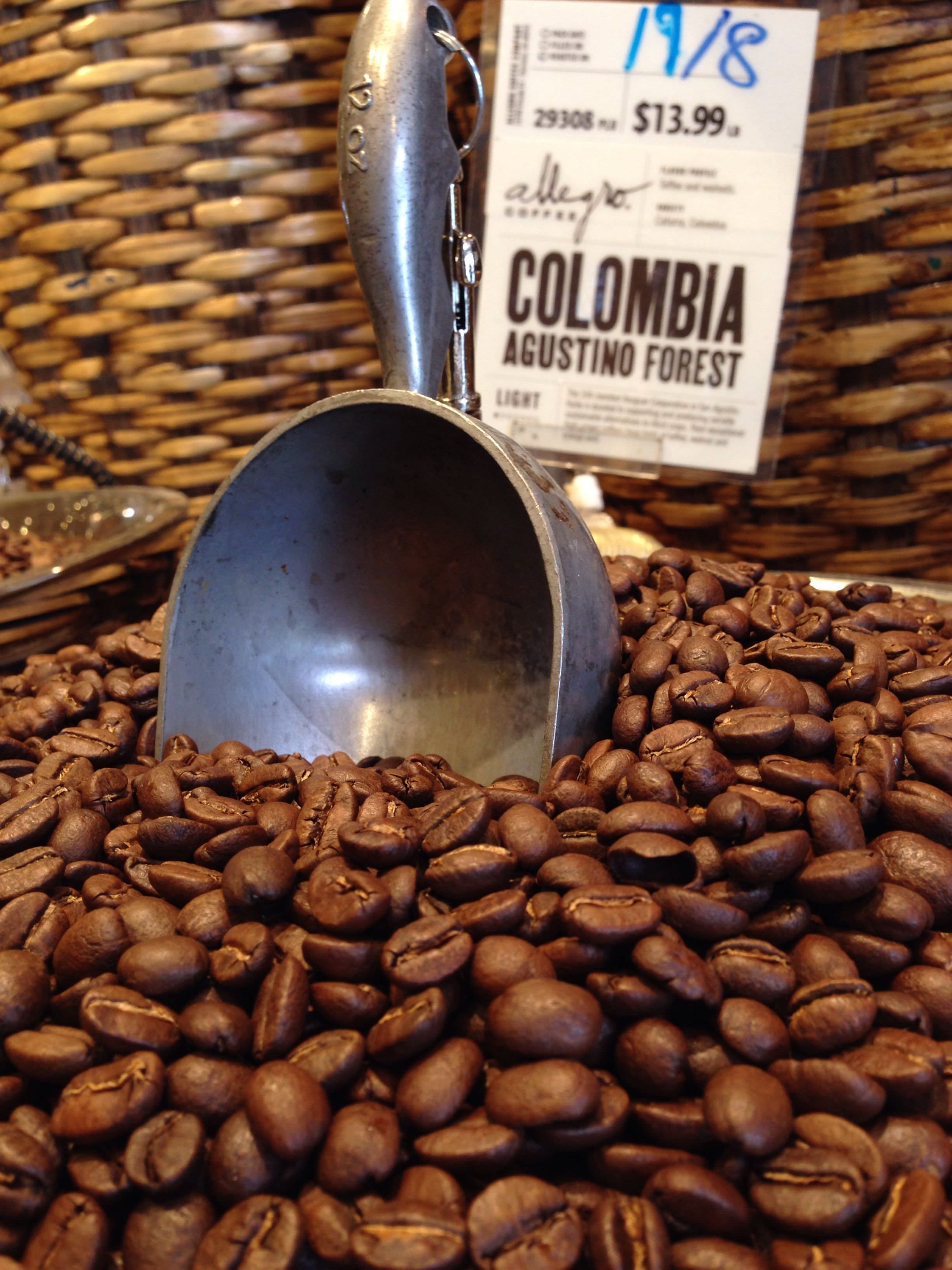
COLOMBIA
COLOMBIA: Strong coffee flavor
Coffee production in Colombia first appeared in the early 19th century. However, the industry began to grow widely in 1927 with the Columbian Coffee Federation (FNC). Afterward, Colombia often appeared on the list of the largest coffee-producing countries in the world.
Coffee farming operations in Colombia
On average, Colombia can produce about 11-14 million coffee bags each year (60 kg/bag) and export about 10 million bags. This Latin American country is always in the top 5 countries with the biggest coffee export volume.
Accordingly, coffee production in the first six months of 2020 reached 6,140 thousand bags with 5,750 thousand bags exported. Currently, 855,000 hectares of land is for this main crop with a scale of up to 5 hectares/farm.
The popular cultivars in this Latin American country are Bourbon, Typica, Catimor, Caturra, Castillo, and Colombia - the featured type of this country.
Colombia has many coffee-growing regions, most notably Tolima, Cundinamarca, and Central Cordillera. These three localities create a triangle Colombian coffee specializes in providing premium ingredients to gourmet.

Coffee processing in Colombia
Colombians often use the wet processing method (also known as Beneficio) to keep the strong aroma and naturally strong flavor. This method is one of the traditional forms that has been applied in the coffee-growing industry for long. In general, this method is not much different from that in other countries. Coffee beans are harvested at the beginning of the day and rubbed immediately, then fermented for 12-18 hours in a water tank. When the fermentation finishes, the coffee is left to scratch the mucus and then dried.
FNC - National Federation of Coffee
After coffee production became popular in 1927, coffee growers formed the National Federation of Coffee to promote this industry. This non-profit organization created programs and actions for the benefit of coffee farmers in this Latin American country. At that time, FNC was considered the largest non-profit organization worldwide with at least 500,000 participants.
FNC plays a vital role in branding Colombian coffee, developing the market, and stabilizing the price. To popularise Colombian coffee, FNC created the Valdez effect through an advertisement in 1983. This country became a pioneer in coffee marketing in the world afterward.
For many years, Colombia has always been the second-largest coffee producer after Brazil - the world's leading coffee producer. However, Colombia was surpassed by Vietnam in 2008 due to large-scale coffee leaf rust. Currently, Colombia is in the top 5 coffee-producing country with 10 million bags per year. About 20% of them are consumed domestically.
